
Do you already know this species? Click the arrows to check…
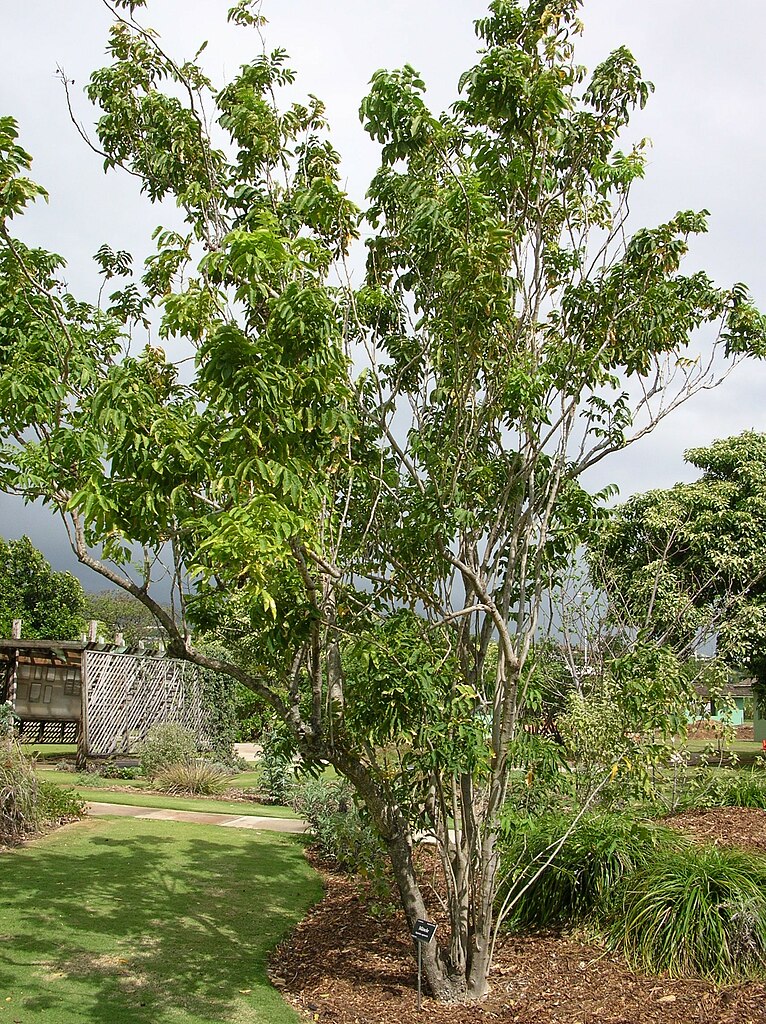


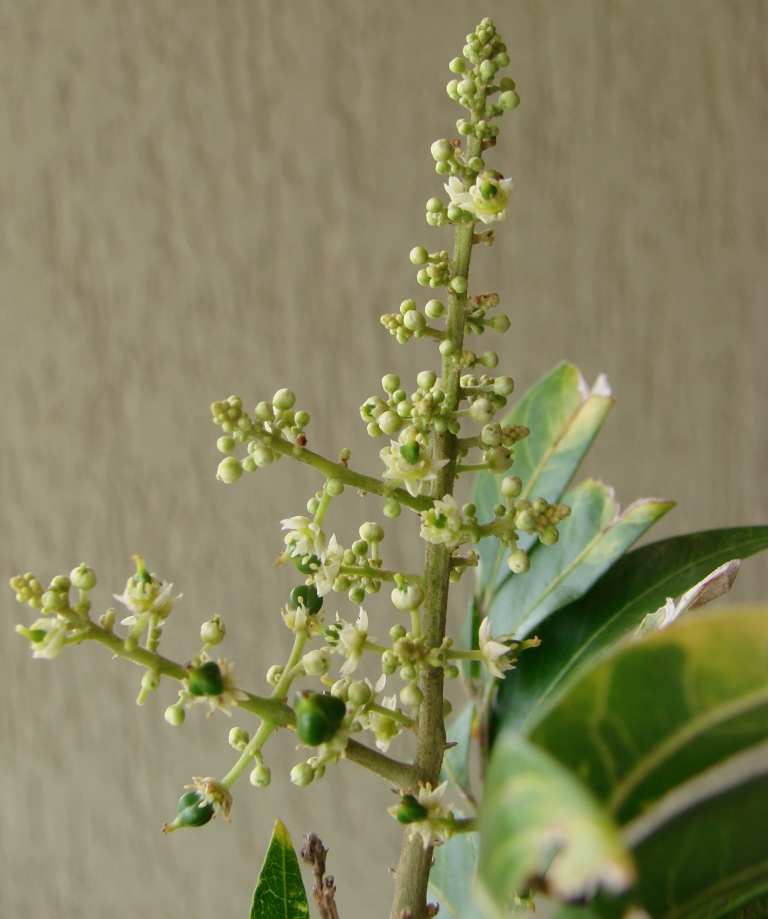
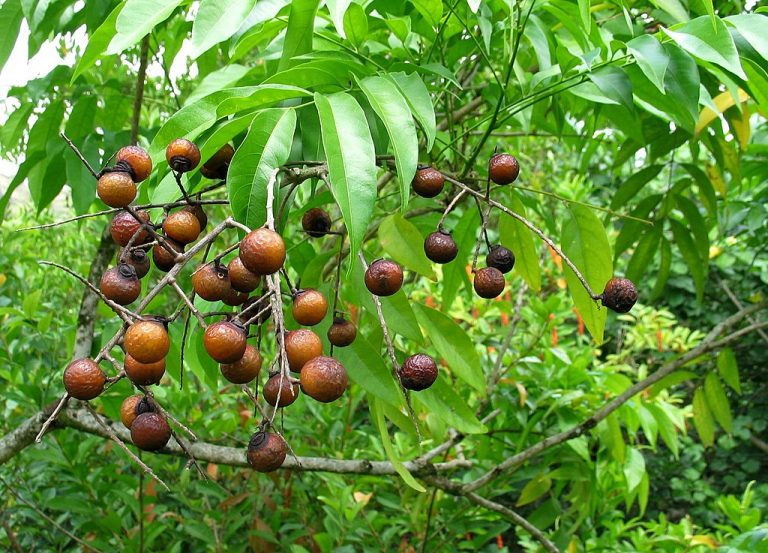
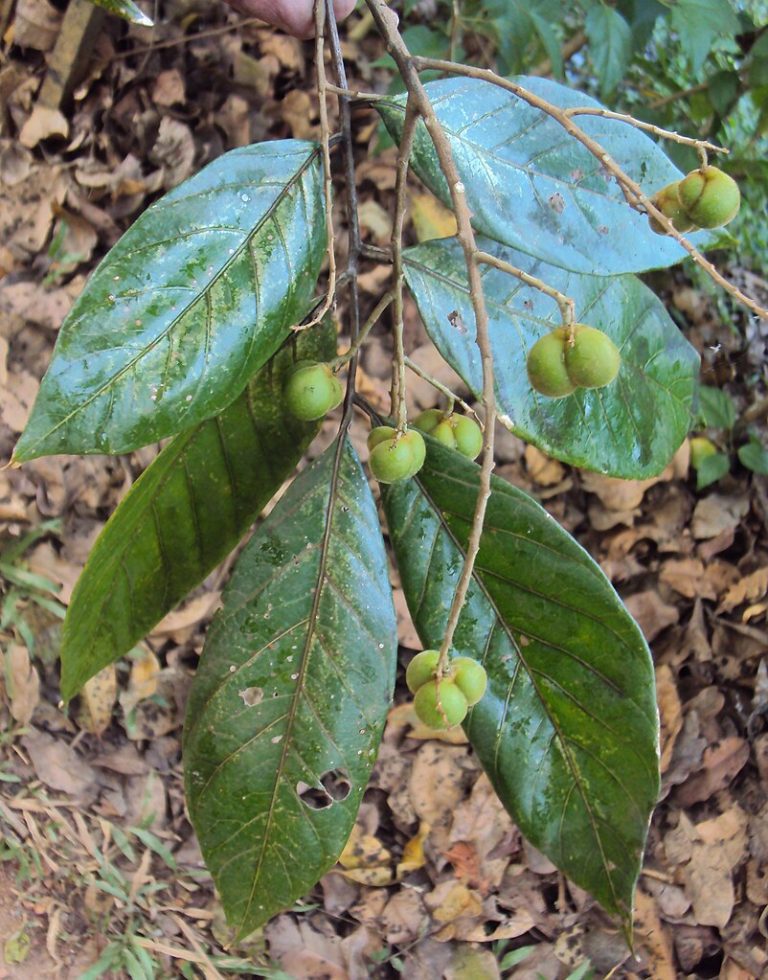



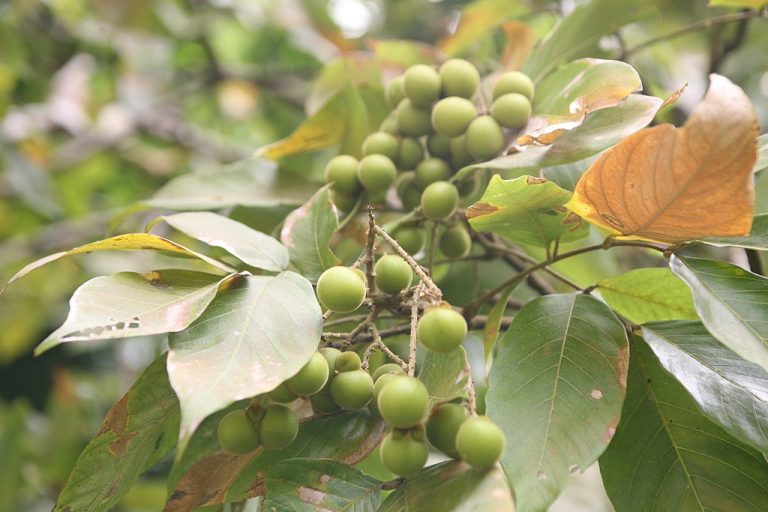
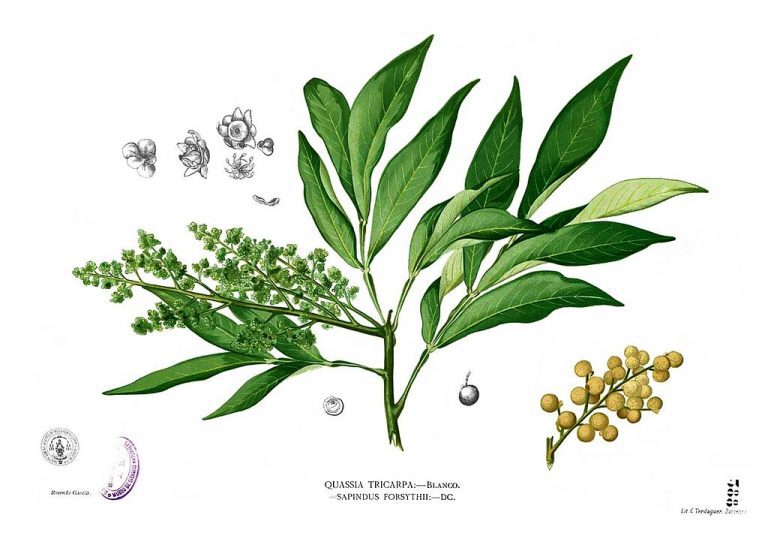

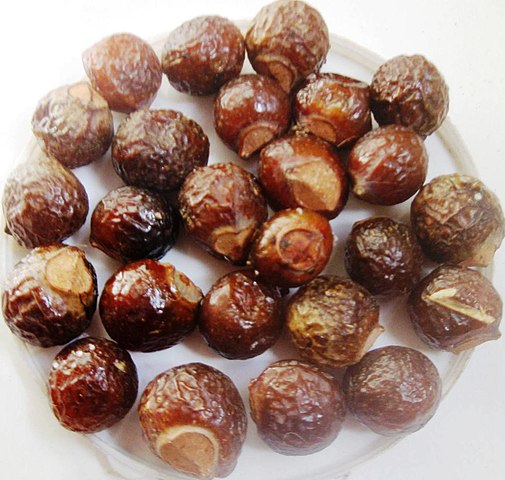

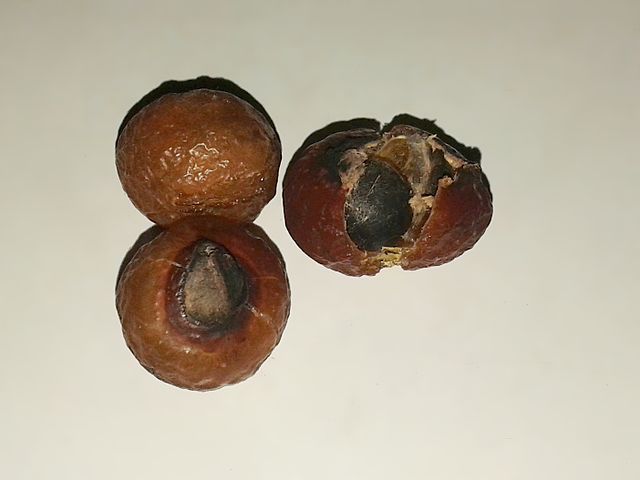
This species includes varieties called bok choy, napa cabbage, turnip, rapini, and totsoi
This bright, tropical-looking black and yellow bird from Southeast Asia is related to chickadees and titmice
This tree has large, opposite, palmately compound leaves and pyramids of flowers around May. It is often planted in parks and along city streets.
These nearly ubiquitous, often evergreen vines are almost entirely edible outside of their berries. Try their tender tendrils. 😉
A humble little mint with a long blooming period and a long history of widespread use
This velvety rootbeer-colored, moist-looking, rubbery-textured, somewhat cup-shaped edible fungus grows on trees and downed logs
This brightly colored, chunky bird is not found in America but frequents gardens and backyards in the UK and throughout much of Europe.
The local Philippines call this woody vine “tayabak”. Related to the green beans we grow in our gardens, this species’ unique turquoise claw-shaped flowers are pollinated by bats.